How does work Galaxy S10’s Ultrasonic Fingerprint Scanner?

Samsung has recently launched the Galaxy S10 lineup, which includes the Galaxy S10, S10+, and S10e. The top of the line Galaxy S10 and S10+ offer a significant upgrade over their predecessors, with in-display Ultrasonic fingerprint Scanner, rear-mounted triple camera setups and reverse wireless charging support. The Galaxy S10e, on the other hand, marks the first time Samsung has added an “affordable” model to its flagship Samsung Galaxy S lineup, as it follows in the footsteps of Apple’s iPhone XR.
All the devices come with the world’s first Ultrasonic Fingerprint sensor except Galaxy S10E. The technology promises to be extremely accurate secure in speedy, unlocking your phone almost instantaneously it won’t matter if your finger is greasy, sweaty, wet or tacky and you won’t have to blindly fumble around trying to find the target on the back of the phone.
The key to all this is your fingertip which just like a regular key has all these tiny ridges and valleys that from a unique pattern that only you possess.
Qualcomm ultrasonic in screen fingerprint reader claims that it will do a better job unlocking your phone by mapping a 3D image of your print using sound waves, so how does it work and why is it considered better than an optical sensor that’s already on some phones.
Optical & Ultrasonic Fingerprint Readers
Optical and Ultrasonic fingerprint readers both start with the sensor just point 2 millimeters thin that’s located several layers of technology below the surface glass. When you touch the glass your finger sends a tiny electrical pulse that wakes at the sensor to scan your print.
Now the important part is how that sensor perform the scan? An optical sensor basically takes a 2D photo of your fingerprint, it uses the display to light up the area around your fingertip and sends up a light wave that hits your fingers ridges and valleys before bouncing back down to the sensor below. The data is then interpreted as a fingerprint that the phone will match to the one you already have on file, an ultrasonic sensor, on the other hand, is different because it uses high-frequency sound waves to detect the details of your fingerprint.
This similar to the ultrasonic technology that generates pictures of babies in uterus and it’s also related to how dolphins emit sound waves to locate their prey.
On the phone it works like this you touch the screen the sensor wakes up it sends sound waves back up to your finger that can read 4 millimeters into the outer layers of your skin because sound waves can penetrate through liquid it will work even if your finger is wet or gummed up with lotion or french fry grease. When the sound waves bounce back down the sensor module converts those wavelengths into electrical signals that are then used to identify your fingers ridges valleys the finished product is a details 3D image that is theoretically harder to fool than optical sensors.
Also, phones that use an optical sensor can take up to a second to unlock rather than verifying your identity in under 200 milliseconds
How to set up Ultrasonic Fingerprint in Galaxy S10
- Go into the Settings of your device
- From Settings, search for and select Fingerprints. Touch Fingerprints and enter your security credentials.
- Then follow the on-screen instructions to add your fingerprint.
- When you’re finished with setup, you can touch Add to add another one or touch Done.
- Next, make sure the Fingerprint unlock feature is turned on; touch the slider if needed.
- You can also unlock your phone while the screen light is off. Just press the finger on the screen where is fingerprint sensor is put.
If you liked this post share it on social (Facebook, Twitter, GooglePlus, Instagram) media and consider checking out our other blog posts to stay updated with the latest tech content!

How To
How to enable the swipe to type or cursor control feature on Samsung keyboard?

In the ever-evolving world of smartphone technology, convenience and efficiency are paramount. Samsung, as a leader in innovation, recognizes this and offers users the incredible swipe-to-type and cursor control feature on its keyboard. This intuitive functionality allows you to effortlessly glide your finger across the keyboard, spelling out words with remarkable ease, or precisely navigate through text using a cursor.
This guide will be your key to unlocking the potential of these features, showing you how to enable swipe-to-type and cursor control on your Samsung keyboard. By delving into your device’s settings, you will discover the simple, yet powerful steps needed to harness these capabilities. Whether you’re a fan of swift, gesture-based typing or require pinpoint accuracy in editing text, Samsung’s keyboard offers you the tools to customize your digital communication experience. Join us as we explore the intricacies of enabling swipe-to-type and cursor control, elevating your typing and editing skills to new heights.
Enable the swipe to type or cursor control feature on Samsung keyboard
- Open the Settings menu, scroll down, and tap on the General management option.
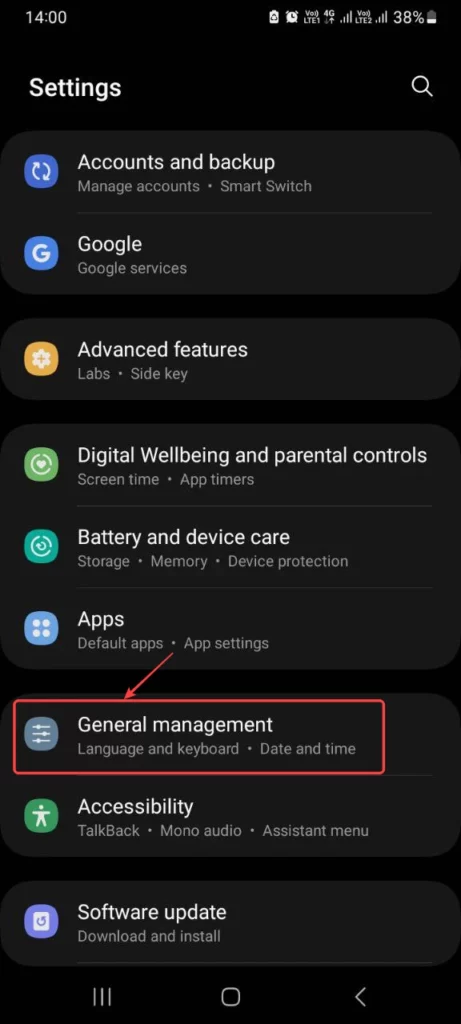
- Then, tap on Keyboard list and default.
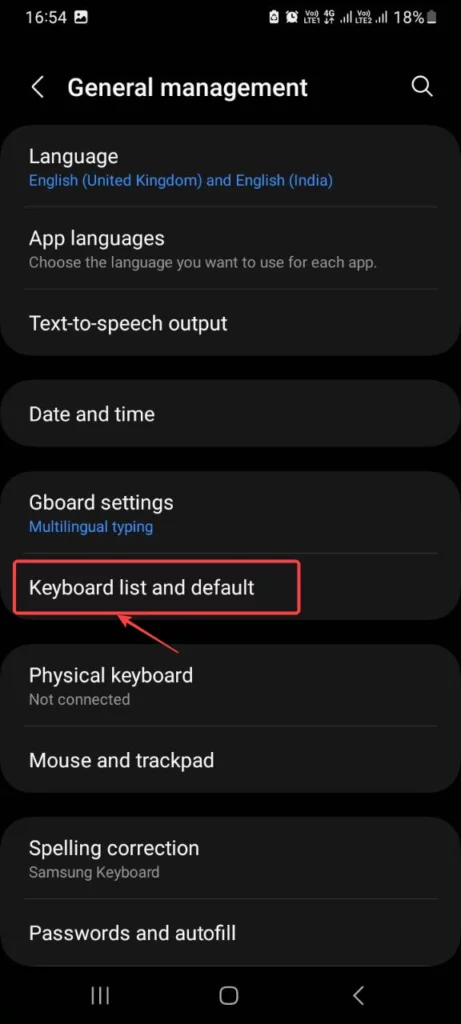
- Now, click on the Samsung Keyboard option.
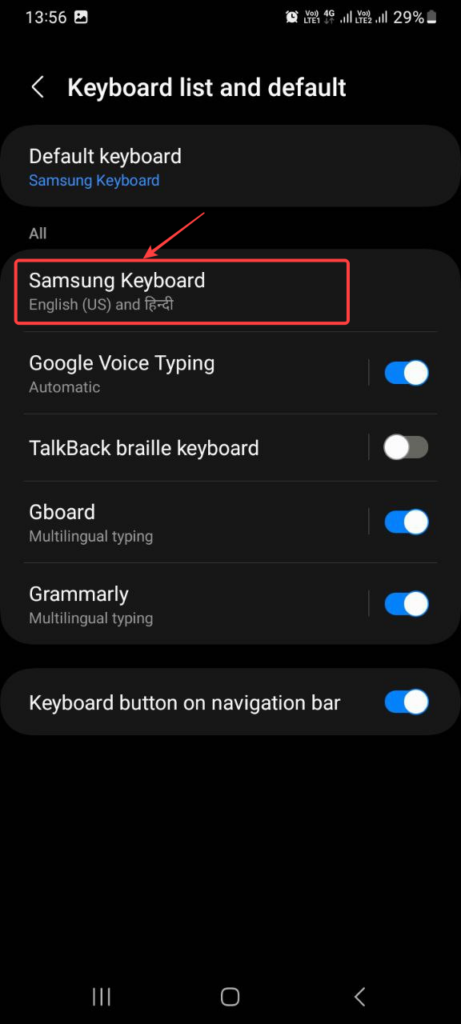
- Here, scroll down and tap on the Swipe, touch, and feedback option.
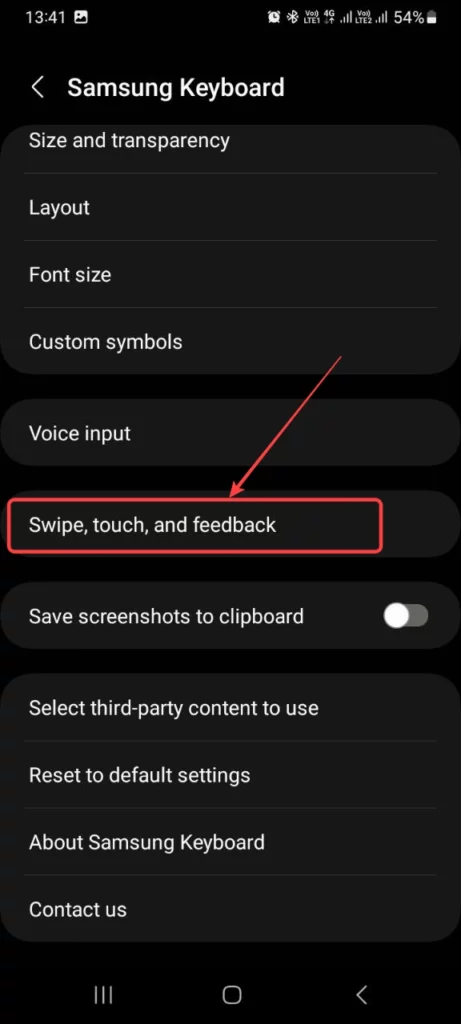
- Click on the Keyboard swipe controls option.
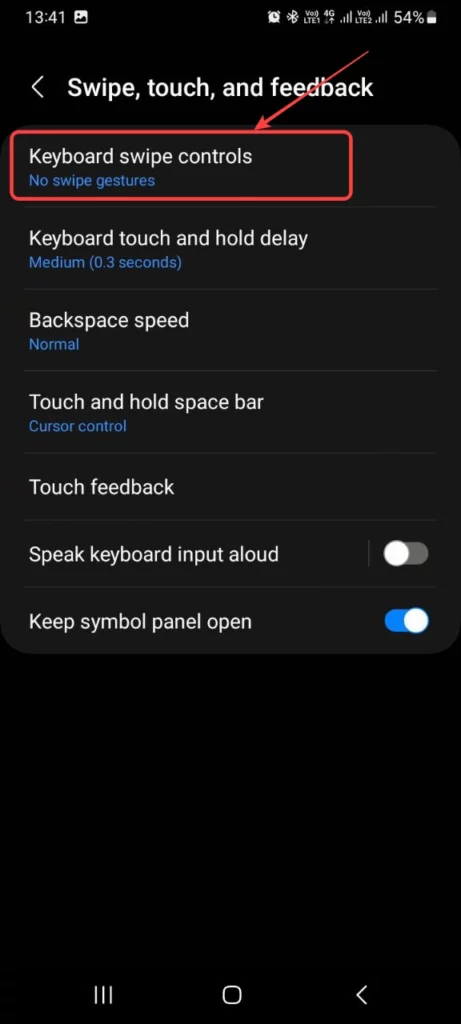
- Finally, you can turn on the Swipe to type or Cursor control feature.
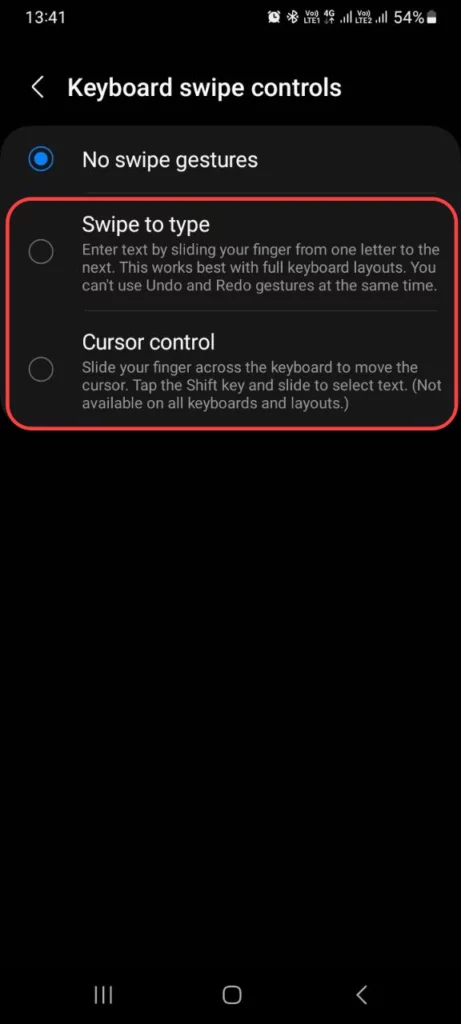
We hope that this article has been able to provide you with some helpful tips and tricks for How to enable the swipe to type or cursor control feature on Samsung keyboard. Now you can share your experiences or capture important information without any hassle!
Software
Fliki AI Free Trial 2023: Try Fliki ai for FREE!

In today’s fast-paced digital world, content creation has become a crucial aspect of communication.
Whether you’re a business owner, educator, or content creator, the ability to generate engaging audio and video content is crucial.
That’s where Fliki AI steps in, offering a seamless solution to transform text into captivating videos and lifelike speech.
In this blog post, we’ll dive into the world of
Unveiling Fliki AI: Transforming Text to Videos and Speech
Fliki AI is a cutting-edge text-to-video and text-to-speech creator that empowers individuals and businesses to craft high-quality multimedia content within minutes.
It’s designed to bridge the gap between text-based information and dynamic audiovisual presentations.
With Fliki AI, you can bid farewell to the complexities of video editing and laborious voiceovers. Whether you’re explaining complex concepts, narrating stories, or presenting information, Fliki AI has you covered.
How to Start Your Fliki AI Free Trial: Easy Step-by-Step Guide
Getting started with Fliki AI’s free trial is a breeze! Follow these simple steps to activate your trial and begin exploring the fantastic features it offers.
Step 1: Click on the special link provided to access the right page for activating your free trial.
Step 2: Look at the picture below and tap the “signup for free” button.
Step 3: On the left side, you’ll see options to either log in if you already have an account or create a new account. Choose one and sign in.
Step 4: Click the “start creating” button.
Congratulations! You’re all set to use Fliki AI’s Free Trial without any charges.
The best part is, you don’t need to provide any credit card information to activate the free trial, and there’s no limit to how much you can try it out.
The Power of Fliki AI Features:

Effortless Text-to-Video Conversion: Fliki AI streamlines the process of turning your written content into captivating videos. Simply input your text, and Fliki AI works its magic by generating engaging visuals that complement your message.
Natural Text-to-Speech: With its advanced text-to-speech capabilities, Fliki AI offers a range of natural-sounding voices to choose from. Your content will come to life with human-like intonation, making it more relatable and engaging for your audience.
User-Friendly Interface: Fliki AI boasts a user-friendly interface that requires no technical expertise. It’s designed for everyone, regardless of their familiarity with video editing or audio production.
Customization Options: Customize your videos with a variety of styles, fonts, and layouts to match your brand’s identity. Tailor your content to resonate with your target audience effectively.
Library of Visuals: Access a vast library of images and animations to enhance your videos further. Fliki AI ensures that your content is visually appealing and professional.
Founder’s Vision: Empowering Content Creation
Behind Fliki AI’s innovation stands Sabir Ahmed and Atul Yadav, visionary entrepreneurs who recognized the need for simplifying content creation.
Their vision was to provide individuals and businesses with a tool that democratizes multimedia content production, enabling anyone to communicate their ideas effectively.
The founder’s dedication to democratizing content creation aligns with Fliki AI’s core mission: to break down barriers and empower people to share their stories, products, and knowledge through visually appealing videos and compelling voiceovers.
Unlock Your Creative Potential: Start Your Fliki Free Trial
Experience the magic of Fliki AI firsthand by taking advantage of the free trial.
This risk-free opportunity allows you to explore the features, create your own videos, and witness the transformation of your text into engaging multimedia content. Embark on a journey of seamless content creation with Fliki AI today!
Conclusion: Fliki AI Free Trial
In a world where content speaks volumes, Fliki AI emerges as a game-changing solution for crafting impactful videos and voiceovers effortlessly.
With its intuitive interface, versatile features, and commitment to democratizing content creation, Fliki AI empowers both seasoned creators and novices to share their narratives in a captivating manner.
Don’t miss out on the chance to explore Fliki AI’s potential
How To
How to adjust the size of the Samsung Keyboard?

In the realm of smartphone customization, the ability to adapt even the tiniest details can significantly enhance your digital experience. The size of your keyboard, for instance, plays a crucial role in your typing comfort and efficiency. Samsung, a pioneer in user-centric innovations, has provided a solution that allows you to tailor the keyboard size according to your preferences. This guide will walk you through the steps required to seamlessly adjust the size of the Samsung Keyboard, putting the power of personalization in your hands.
By exploring your device’s settings, you’ll uncover the means to resize the keyboard, whether you’re looking to maximize screen real estate for larger keys or seeking a compact layout for one-handed usage. Whether you’re a swift typist or someone who values precision, this functionality empowers you to fine-tune your interaction with your Samsung smartphone. Join us as we delve into the intricacies of resizing the Samsung keyboard, and unlock a new level of comfort and efficiency in your digital communication.
Adjust the size of the Samsung Keyboard
- Open the Settings menu, scroll down, and tap on the General management option.

- Then, tap on Keyboard list and default.

- Now, click on the Samsung Keyboard option.

- Here, scroll down and tap on Size and transparency.
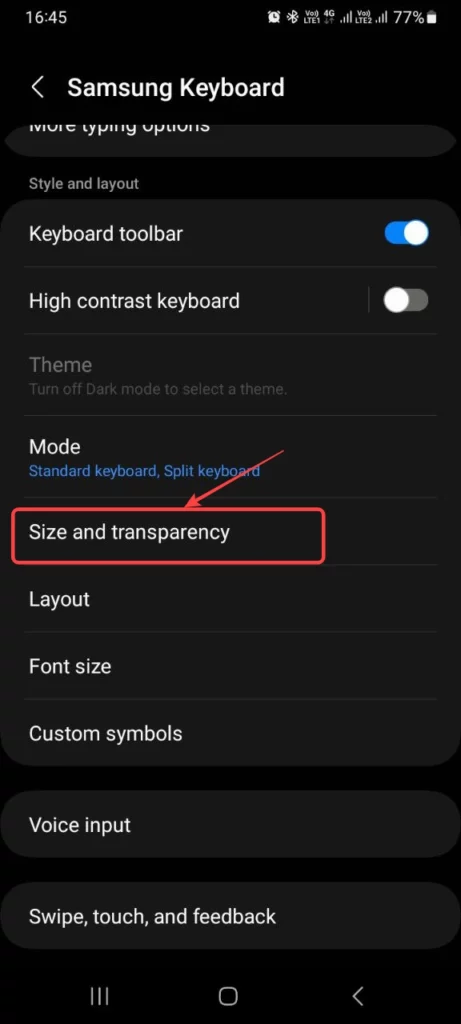
- Finally, you can drag the handles on the sides of the keyboard to adjust its size.
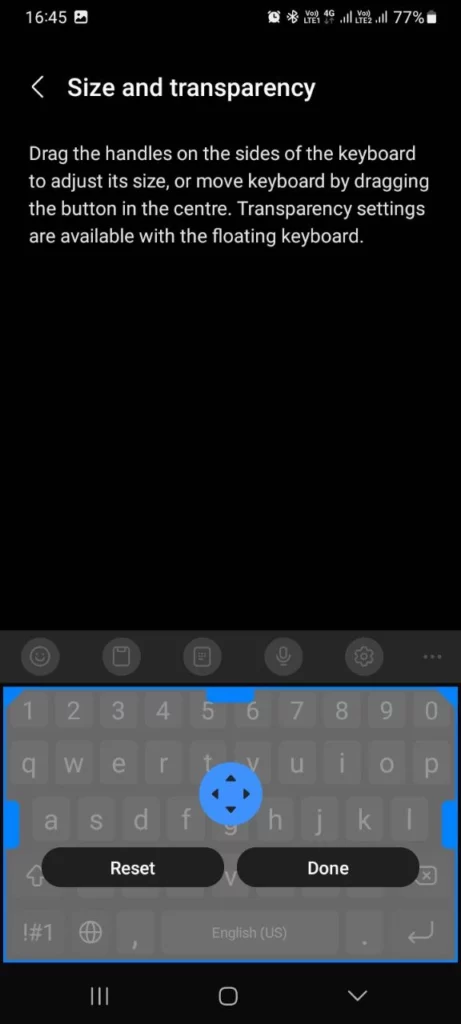
We hope that this article has been able to provide you with some helpful tips and tricks for How to adjust the size of the Samsung Keyboard. Now you can share your experiences or capture important information without any hassle!